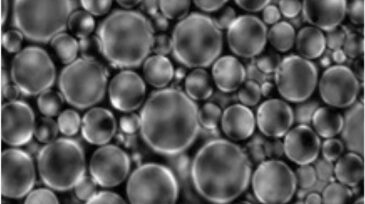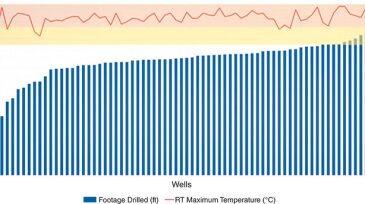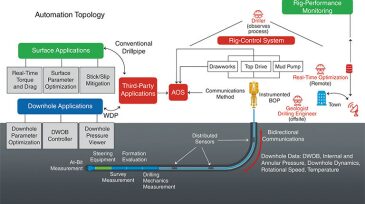Drilling
A field test study examines micro turbine drilling in a clay formation that allows steel casing and formation to be drilled in a single operation.
The discovery in the Kutei Basin offshore Indonesia is being considered for fast-track development.
The Gorgon Phase 3 project aims to counter declining reservoir pressure to sustain gas supplies to Western Australia’s domestic market and support LNG exports to Asia.
-
Formation damage: Do we always need to have a high focus on its prevention, or do occasions exist when it really does not matter?
-
This paper describes the progress of directional-drilling-automation systems along the cognitive functions and levels of automation as defined by the Levels of Automation Taxonomy (LOAT) hierarchy introduced by the Drilling Systems Automation Roadmap Industry Initiative.
-
A high-carbon-dioxide (CO2) carbonate gas field offshore Sarawak, Malaysia, is scheduled for development. Reservoirs in this region have an average clay content of 8%; more than 50% of this clay content is migratory illite, and 15% is migratory kaolinite.
-
This paper describes a coreflooding program performed with sandpacks at different permeabilities, water qualities, and injection conditions.
-
Because of inherent complexities, understanding the characteristics of perforations in downhole environments is a significant challenge. Perforation-flow laboratories have been used to provide insight into cleanup and productivity mechanisms around perforation tunnels.
-
Drilling systems automation requires a digital backbone. One segment of that backbone is the interval between the drill bit and the surface. Wired pipe removes both the bandwidth and latency barriers of the available measurement-while-drilling telemetry systems.
-
A drilling team has focused on increasing lateral lengths in the Marcellus Shale. The team determined which operational practices would need to be revised in order to drill and case laterals in excess of 18,000 ft.
-
A joint-development project has delivered a high-temperature measurement-while-drilling/logging-while-drilling (MWD/LWD) suite rated for 200°C. Results to date are compared with previous performance in the Gulf of Thailand (GoT).
-
This paper presents a case history of drilling automation system pilot deployment, including the use of wired drillpipe, on an Arctic drilling operation.
-
Examples of evolution in well construction during the past several years include new horizontal-well applications, breakthroughs in bit and directional-drilling technology, synthetic fluids, fracture-stimulation advancements, managed-pressure drilling, and the digital revolution.













